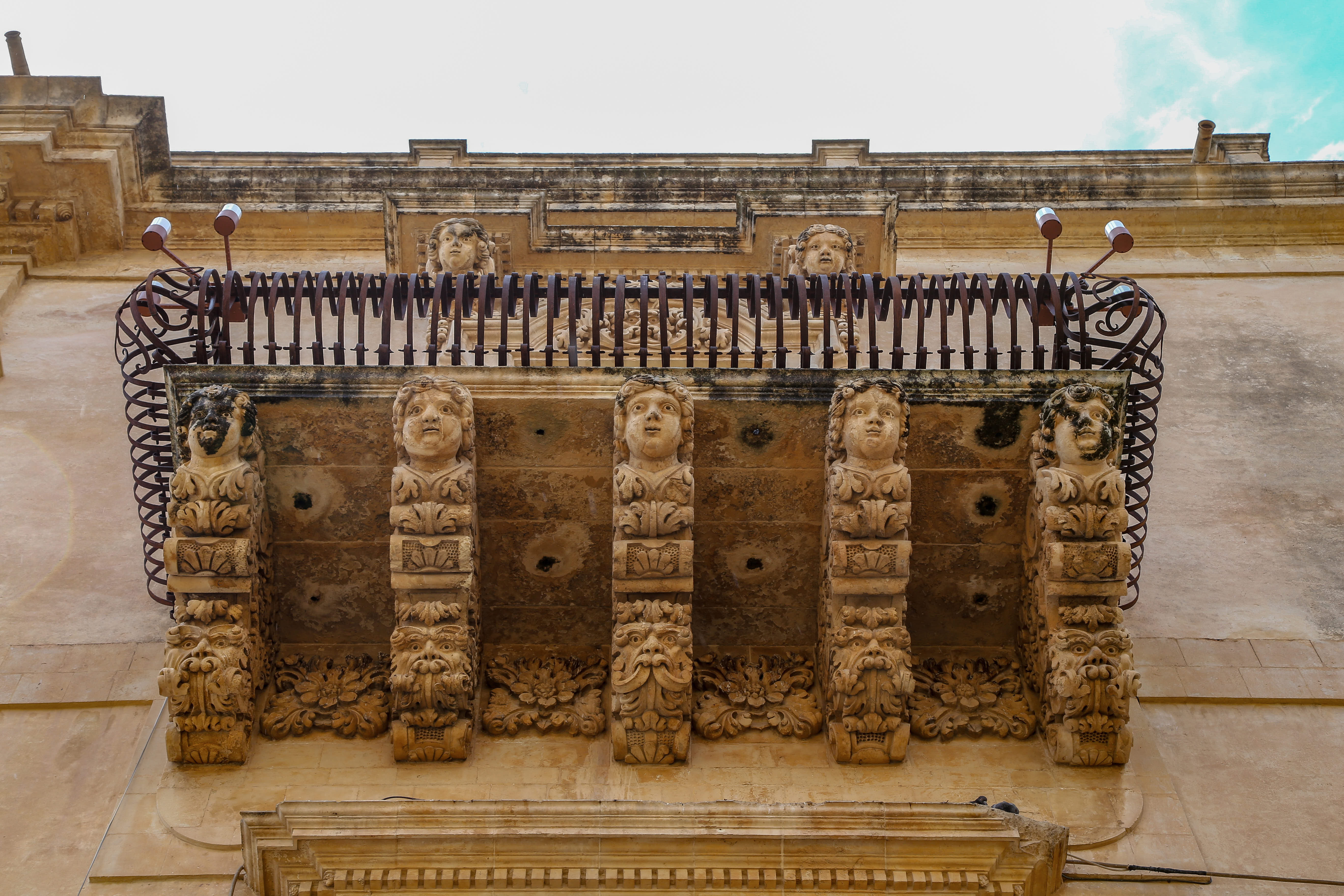Sicily is intimately linked to oil and the cultivation of the olive tree. The presence of so many varieties of olives on the island is a sign of a tradition that goes back a long way. In fact, there have been many peoples who have inhabited and dominated it over the centuries, attracted by its breadth and centrality, as well as by its beauty.
Witnesses of these passages in our territory, in particular in the valleys of Chiaramonte Gulfi , are millenary trees characterized by very large trunks, the extraordinary " Saracen Olive Trees ", silent witnesses of the passage of history, eras, civilizations.
Sicilian oils show strong identities, as if stratified by the legacies of each domination.
For this reason, with our first label, Zahara , a pure Tonda Iblea monocultivar, we wanted to pay homage to two of the most significant peoples for Sicilian olive growing, the Phoenicians, who inspired the pictograms on the label, and the Arabs, hence the name Zahara.
Sicily is a complex island
An interesting and practicable way to understand the island from the inside is the food.
An unheard of orgy of colors, perfumes, lights, a great pleasure
We can think of Sicily as a hub with at least three thousand years of incessant and frenetic activity. The bridgehead between East and West since protohistoric times and still protagonists in the role. Sicans, Sicels, Elimi, Phoenicians and Carthaginians, Greeks, Romans, Byzantines, Vandals, Arabs, Normans, Swabians, French-Angevins, Spanish-Aragonese, Habsburgs, English, Savoy and Italians all took up residence here - with mixed success.
Sicily offers the possibility of perceiving changes, not through subtraction or substitution, but with layered additions.
Imagine a hill that is covered on all sides by olive trees, vineyards, almond trees, superb wheat. And in the middle of this countryside, whose landscape enraptures, stands the beautiful temple of Juno Lacinia, the one still in excellent condition of Concordia and the remains of the colossal temple dedicated to Zeus
The Sicilian sea
Tuna, mahi-mahi, anchovies, sardines, albacore, spatulas, red mullet, mackerel, mullet, grouper, white bream, rich sea bream, dentex, sea bream, sea bass, sole, prawns, cicadas, limpets, bonito, sardinella are a minimal part of the Sicilian diet, They have the sea inside and all around them. For them it is beauty, nourishment, travel and wealth. But also suffering. The sea is a resource, respected and feared.
That of the fisherman is a job that survives, with its philosophies and its schedules, with its specific roles. From the captain to the hub, from the purpiaturi, the octopus fisherman to the rais della tonnara. Among the Sicilians there are many grandparents and fishermen parents. Much of Sicily's history developed on the walls of the tuna traps, in the beams where fish was prepared, in the inlets and in the small ports.
Shimmering fish, with blood-red gills and wide-open bowls, are the protagonists of negotiations, of shouting. Abbanniati, disputed, weighed.

